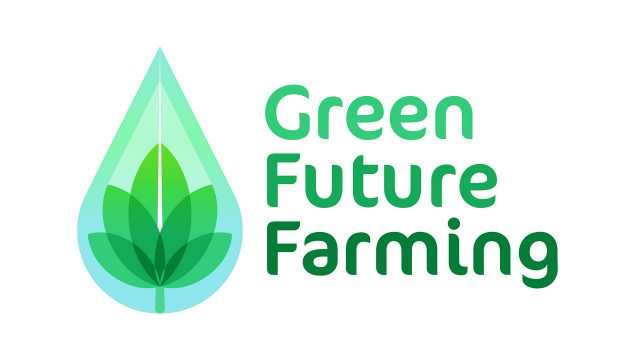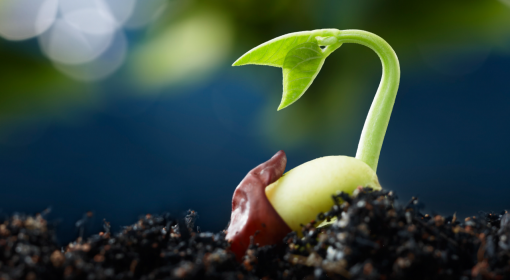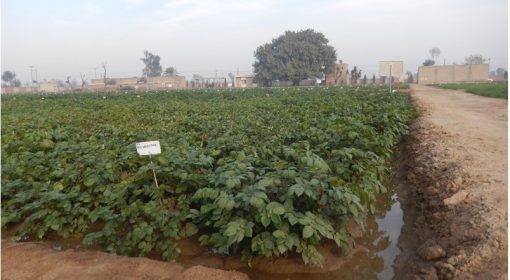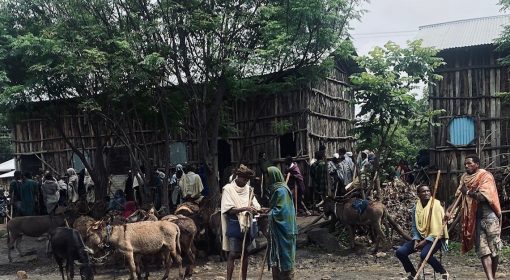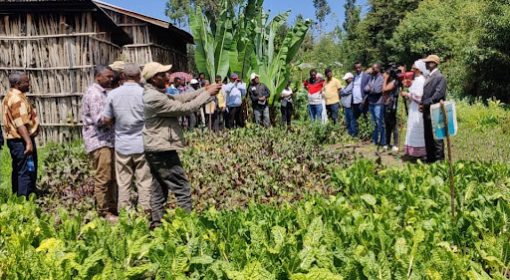by Guta Eshetu Gemechu, Girma Senbeta, Jean Marc Pace Ricci
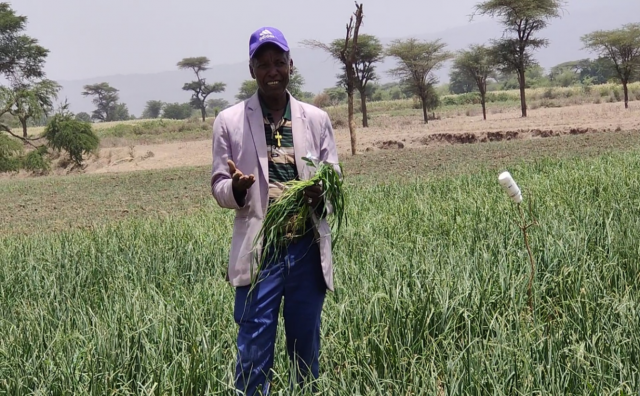
Seed is life. Seed is the starter for agricultural development. There are lots of research centers and other governmental and non-governmental organizations working on seed replication.Many of these are releasing improved onions and maize varieties. However, despite these efforts, there is an acute shortage of seeds in Ethiopia, particularly in Middle Awash – the Green Future Farming project area. Here, farmers are using local varieties of onion and maize which give low yields and are susceptible to diseases. There are several issues in the seed system of Ethiopia which lead to the low supply and high price of onion and maize seeds in the country.
If seeds are the starter, soil fertility is the incubator. Currently, the price of synthetic fertilizer is very high in Ethiopia. In addition to synthetic fertilizer, farmers here cultivate their crops with various organic soil amendments like farmyard manure to increase their production. However, the volume of manure the average farmer requires is out of reach for most, as they do not have access to a substantial amount of cattle. They are dependent on the use of synthetic fertilizer for soil nutrition, but often apply it in lower quantities than recommended levels. For all these reasons, overall production levels are decreasing.
It is therefore important to show farmers alternative sources of fertilizer for the sustainability of their production and increasing it in an affordable way. Thus, the intervention of Green Future Farming (GFF) project comes at the right time, with the following as its main objectives:
- To promote improved technology with improved crop varieties
- To support farmers to get starting seed for their future
- To increase crop productivity by improving farmers’ production system
Promotion of Improved Onion variety production with integrated synthetic and liquid biofertilizer at Huruta Dore
Onion is one of the most important bulb crops cultivated at Huruta Dore kebele of Jeju woreda. Although there are lots of improved onion varieties developed by research organizations in Ethiopia, none of them were observed to be in use by farmers in the area. Farmers of Huruta Dore are cultivating a local variety of onion. There is certainly demand from farmers for better varieties but supply of seed is insufficient. There are many reasons for the shortage of seed supply in Ethiopia and lack of improved technologies such as greenhouses for reliable seed multiplication in the country is a major one.
In the current system, all breeders set yp seed-to-seed multiplication teams who in turn produce a stock of pre-basic seed. This pre-basic seed is grown and a small amount of basic seed multiplied at large scale by seed enterprises. Finally, the 4th generation of seed – certified seed (C1)– will be distributed to a few farmers.
It is not possible for farmers to get early generation seed. As successive generations of seed move from breeder seed to other seed classes, their disease resisting capacity and yield decline. Therefore, a majority of farmers in Ethiopia are receiving a small amount of seed with lower disease resisting capacity and lower productivity. On the other hand, the small amount of certified seed that farmers can access is very expensive. Thus, it is very difficult for farmers to get improved varieties of onion.
The following diagram shows the main bottlenecks contributing to seed shortage in the Ethiopian seed system.

On the fertility side of things, synthetic fertilizer has become very expensive in Ethiopia. It is therefore the right time to seek alternative sources of fertilizer for farmers to sustain their onion production. As mentioned, farmers are accustomed to applying different soil amendments such as compost and manure for crop production. These types of inputs break down and make nutrient available slowly, they are applied in anticipation of the subsequent cropping seasons, and are required in large volumes even to cover a small plot of land. We are finding out that liquid bio-fertilizer was the right alternative for these farmers to increase their production while drastically lowering their fertilizer costs. The training of trainers, based on Rockin Soils’ formulation was given to different experts at Adama and delivered to all farmers at their kebeles. Then awareness was created through agronomy experts from MetaMeta and Development Agents (DAs) among farmers to prepare their own liquid bio-fertilizer. Subsequently, about 20 farmers in Huruta Dore Kebele prepared this fertilizer at their home and some of them applied it to local varieties of wheat, maize and onion. Additionally, four farmers got improved onion varieties (Nafis and Nasik) seed support from GFF project for promotion of the technology.
The four farmers who received improved onion varieties performed a small experiment: two of them used both synthetic (DAP and UREA) and liquid bio fertilizer for onion production. One of them used only liquid bio fertilizer to produce Nasik onion variety whereas another used only synthetic fertilizer to produce Nafis onions. Differences were observed amongst the same onion varieties that received different amounts and types of fertilizer, in terms of leaf color, leaf dimension, plant height, reaction to fungal disease, bulb quality, and yield. The greatest improvements were observed in the onions produced with both synthetic and bio fertilizer: these could get about 60% yield advantage over the local variety, when used with full production packages. This is a really promising early result and further experimentation will be conducted to confirm that the technology performs consistently.
The distribution of improved seeds combined with alternative biofertilizers through the GFF project is a real game changer for beneficiary farmers in Huruta Dore. For more information about this success story look at the farmer testimonial videos (below).
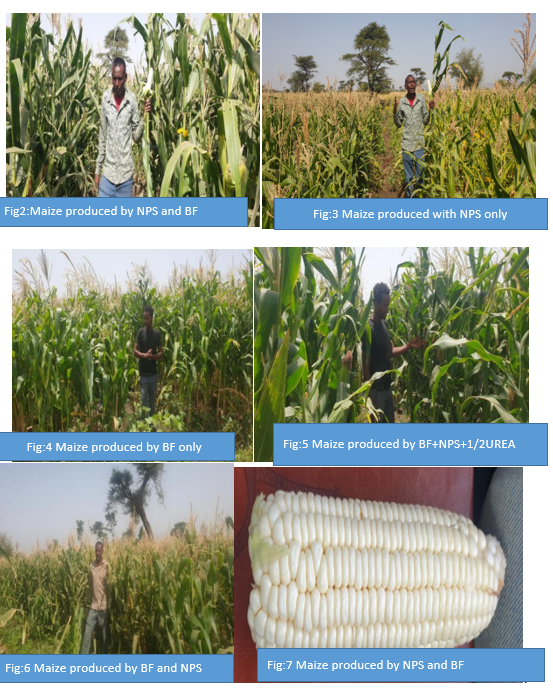
Promotion of maize production with liquid biofertilizer and synthetic fertilizer at Huruta Dore kebele
Under the GFF project, improved maize variety seed was sourced from Oromia Seed Enterprise for farmers of Huruta Dore, as part of demonstration of the liquid biofertilizer. Nine farmers who prepared their own biofertilizer were supplied with these seeds through the project. All of them used liquid biofertilizer for the production of this crop. The farmers could easily produced enough biofertilizer since the raw materials for the its preparation were cheap and easily available. These farmers ran another small experiment: they divided their land into sperate plots for the evaluation of this technology. They were quickly and pleasantly surprised with the physical change they observed in leaf color already within the first week. They continued to use biofertilizers by combining it with other synthetic fertilizers (NPS and UREA). They realized that by using the biofertilzer as a supplement, they could use less urea on their land than recommended levels. The plots on which a combination of reduced synthetic fertilizers and biofertilizers were applied benefited the most farmers and reaped the highest yields. Farmers also observed that the biofertilizer also enables maize to resist fungal diseases – this is due to the beneficial microbes created during its fermentation and the strengthened plant immunity developed after biofertilizer application. Based on the data collected, these farmers could get 55% yield advantage over local variety production with full production packages.
The farmers were also happy with the cost advantage they got by reducing the amount of synthetic fertilizer. They could reduce cost of fertilizer by 2,900-10,000 ETB/Ha by combining bio fertilizer with synthetic fertilizer.
Lessons Learned and Obstacles
It was a struggle to gain farmers’ trust in accepting this technology at the beginning. They had several doubts about this fertilizer since the raw materials used for liquid bio fertilizer preparation were considered as low-value materials of little use. They mentioned that some of them initially offered their cooperation to the project in order to get access to improved varieties of onion and maize. Eventually, they were happy with the result, as reflected in their positive testimonies and feedback .
Promoting this liquid bio-fertilizer with improved varieties was very effective in attracting more farmers to this new technology. Farmers in neighbouring farms have seen all procedures used in the production and they are now willing to buy these seeds from their neighbors.
Beneficiary farmers are now sufficiently convinced about the biofertilizer’s effectiveness to say that they will start replacing urea with liquid biofertilizer – a significant step towards more regenerative agriculture. It is important to keep in mind that these demonstrations were done with just a few farmers and are not representative of the whole farming community within the GFF intervention area. Therefore, these experiences and technologies should be scaled up to other woredas.
For effective promotion of these technologies the project will host field days where farmers who have succeeded in the production of these improved varieties with different types and amount of fertilizer will share their experiences wih others. These field days have currently been delayed due to social unrest within the project area, but they will go ahead as soon as it is safe to do so.
Way Forward
To make seed of improved crop varieties more available within the project areas, we are linking farmers with each other within the Huruta Dore kebele. The farmers who received improved seeds through the project have committed to multiplying a portion of the seed stock and sell them to their neighbors. We are currently seeking alternative sources of high quality seed from seed producing cooperatives and seed enterprises. Some of the farmers who received improved onion varieties are also saving the smaller bulbs and sharing it with their neighbors for the next cropping season. Overall, this packaged intervention of alternatives to seeds and fertilizer has had a very positive impact on the beneficiary farmers and, through their testimonies, is having a positive impact on the project.
We are happy to receive more requests for liquid biofertilizer training and enquiries about improved seed, and look forward to continuing building up a regenerative movement within the project area!
For more information and insights on promotion of biofertilizers, please click here
